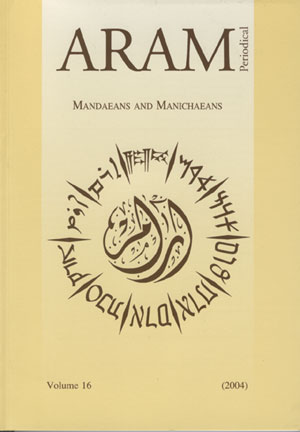 previous article in this issue previous article in this issue | next article in this issue  |

|
Document Details : Title: Stepped Roads in Roman Palestine Author(s): KLONER, Amos Journal: ARAM Periodical Volume: 8 Issue: 1 Date: 1996 Pages: 111-137 DOI: 10.2143/ARAM.8.1.2002189 Abstract : The network of roads constructed in Eretz Israel (Palestine) during the Roman occupation represents one of the most impressive testimonies to both the extent and technological level of this civilization. The specific road system under discussion in this article includes highways and acclivities in mountainous regions, along the length of which steps were hewn from the bedrock or constructed. Steep ascents were common along certain roads in the mountainous regions of the Holy Land and Nabataea during the Roman and Byzantine periods. More than twenty such ascents were recently mapped (Roll 1995: 1167, Fig. 1). In some places, sections of these roads remain perfectly preserved. The steps were intended for the passage of beasts of burden – camels, mules, horses, donkeys – and pedestrians. The existence of such steps along the roads indicates that wheeled vehicles were not used at all on these rugged mountain roads. This article summarizes this phenomenon in the stepped sections of the following highways: A. The road from Jerusalem (Aelia Capitolina)to Beth Guvrin (Eleutheropolis)– the section between Mat’a and Netiv Ha-Lamed Hé. B. The Jerusalem (Aelia Capitolina)-Lydda (Diospolis) road along the valley of the Sanhedrin stream. C. The Jerusalem-Hebron-Mampsis-Hatzeva highway – the sections of “Ma’ale Dragot,” and the “Roman ‘Ma’ale ‘Aqrabbim’” (“Ma’ale Tzafir”). D. The Naqb Sleisel section of the road from Petra to Mo’a. These four items will be dealt with in the order in which they appear above, and will bear the same reference letters for the sake of clarity. |
|
